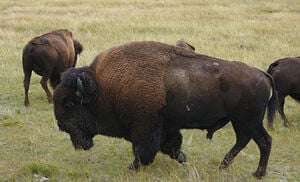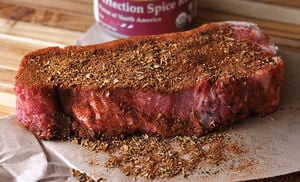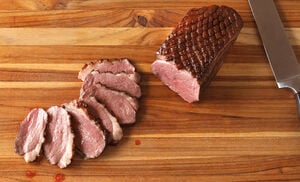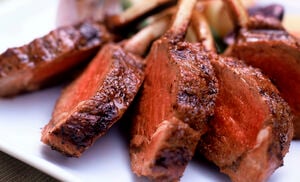Bison Tenderloin
-
Select Styles for Availability
- 100% pasture raised with access to grain and hay
- No chemicals, hormones, antibiotics or steroids
- Sold in an uncooked state
- Provides 6 portions on average
- Product of USA & Canada
- For best taste on fresh products, use or freeze within 3-5 days of receipt; for frozen products, use within 1-2 days after thawing
- Subscription Eligible
For basic cooking instructions, Download our Bison Cooking Guide.
Considered a game meat, though it never tastes gamey, bison is best prepared using lower temperatures than you would use for beef, and cooked rare to medium rare for best flavor and texture.
Butcher into steaks and medallions and grill (remember to brush lightly with oil, grill for only few minutes per side over the flame, then move to the cooler part of your grill), or roast the tenderloin whole, tied up tight with butcher’s twine.
Remember that meat continues to cook after it is removed from the heat source and allowed to rest. Take care not to overcook this lean meat. No poking holes in it, either, to let all the juices escape.
We like the taste of our bison tenderloin so well that we simply season it with salt and pepper and let the natural, sweet flavor shine. But we will admit to occasionally topping with a dollop of truffle butter.
These indigenous animals, often incorrectly called buffalo, are raised on vast pastures in Canada and the U.S. to our exacting specifications. The Plains Breed Bison graze on prairie grasses as they have done for many centuries, with minimal human interaction. Their grass-based diet is supplemented with grain and hay.
A state-of-the-art integrated system of corrals, funneled walkways, and chutes are designed to provide safe and humane movement of bison on and off the ranches. The bison are brought to market at 22-26 months of age.





